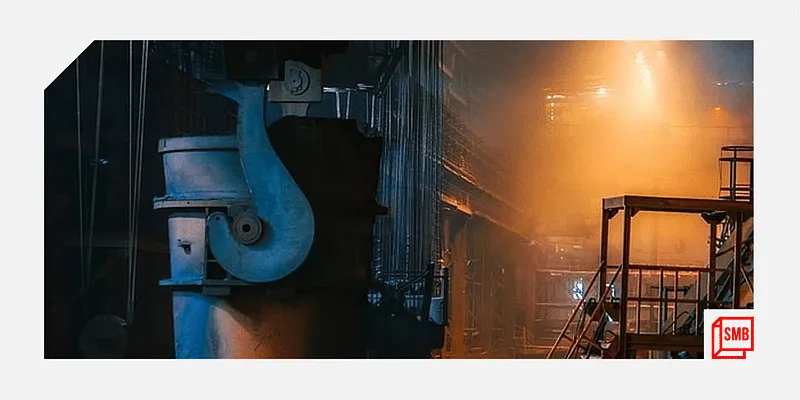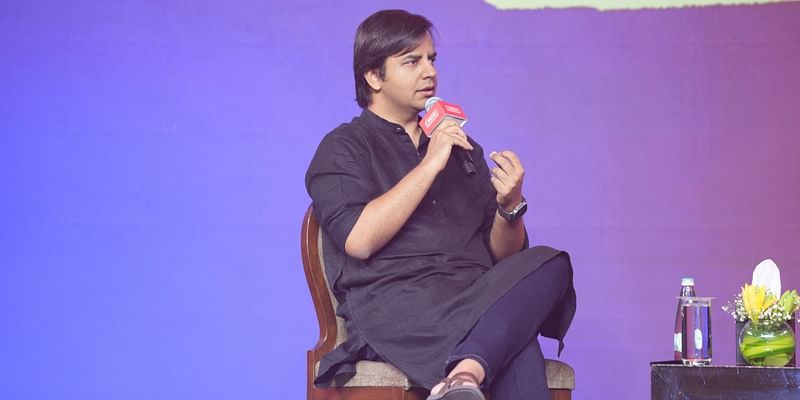High inflation, devalued rupee, a war: Indian MSMEs voice concerns over global market uncertainties
SMBStory reached out to MSME ecosystem stakeholders to understand how they are coping with the current market scenario, riddled with the Ukraine-Russia crisis, a devalued rupee, and high inflation.
The mood at Dalal Street has been sombre for most parts of 2022.
The COVID-19 pandemic, a bearish stock market, the Ukraine-Russia crisis, devaluation of the rupee, and high inflation have added to the woes of businesses and investors.
Earlier in April, the wholesale inflation touched a nine-month high of 15.08 percent, while the retail inflation surged to an eight-year high at 7.79 percent, with prices of certain raw materials rising between 40 and 100 percent in the last year.
In its forecast for FY 2023, the Reserve Bank of India (RBI) has averaged inflation to stand at 5.7 percent, slightly lower (6.2 percent) than what economists in a Bloomberg survey forecasted.
Time and again, micro, small, and medium enterprises (MSMEs) have proved their resilience, and SMBStory reached out to ecosystem stakeholders to understand how they are coping with the current market uncertainties.
Uncertainty looming over MSMEs
Satyam Agarwal, Owner of Surya Kiran Engineering Works—a Delhi-based FHP Motors manufacturing company—says the price rise has affected the sector he operates.
Overall, the prices of raw materials have gone up by 20 percent, he adds. The cost of aluminium wires and steel has jumped from Rs 335 and Rs 82 to Rs 438 and Rs 94, respectively, in the last year, he adds.
“The rate of increase and decrease in raw materials prices is drastic, which comes down heavily on manufacturers who have to manage the inventory and the finished goods daily,” he says.
Moreover, within the fashion industry, the prices of raw materials, including cotton, have gone up, further pushing the manufacturing costs.
Sonal Jindal—who runs —an events company for the fashion, textiles, apparel, and home decor industries, cites the example of zippers imported from China.
She says, “International buyers believe the best quality comes from China, and most times, they don’t want to replace it with an India-made zipper.”
These zippers, which typically cost between Rs 150-250 per piece, now cost between Rs 155-260. When they are purchased in bulk and the minimum order quantity increases, it hits the buyer’s margins. In the wake of higher interest rates and a devalued rupee, this rise has become a cause of worry.

Double-edged sword
High inflation has put MSME owners in a unique predicament. Their margins are going down, and SMBs are not sure whether increasing the prices of commodities will help them improve their profits as the purchasing power is affected.
Satyam says increasing prices have created an uncertainty if consumers will buy an expensive product or not. Thus, manufacturers prefer to work in losses, or some cases, stop production for a while.
Agreeing, Sonal adds many SMB owners have either taken a sabbatical from business or operating in the domestic market.
Several factories in Ludhiana, Punjab—the textile hub of India—have stopped selling abroad and are focusing only on the Indian market.
She says, “The paying capacity in India has increased so much that they have found immense opportunity here too.”
A couple of SMB owners, under the condition of anonymity, say that they are negotiating raw materials prices like steel and cotton yarn with suppliers and mills, respectively.
“Both parties have to arrive at a common ground in sharing profit margins to keep the overall health of the economy intact,” Sonal says.
On the other hand, a few others said they will stock higher than usual inventories when the prices go down, which they foresee happening in the next five to ten days.
India is in a much better place
Despite the gloomy market scenario, India is in a much better economic state, experts argue.
Recently, Chief Economic Adviser V Anantha Nageswaran highlighted that India is better placed amid global uncertainties at the Amazon Smbhav Event 2022.
He added that ecommerce will help Indian MSMEs gain better access to international markets and enhance their global competitiveness.
RBI Governor Shaktikanta Das also noted that inflation rates are higher than 7 percent in most of the developed economies, except for Japan.
Amit Mundra, Country Manager, Buhl Data Service, said the inflation rate in other countries is higher than what they have seen in decades. He added that people’s purchasing power might go down, and they will shift to buying only necessities, but the overall business scenario of the Indian economy will not take that bad a hit.
He said banks and financial institutions like NBFCs can disburse flexible loans to help MSMEs navigate through these times.
Edited by Suman Singh










